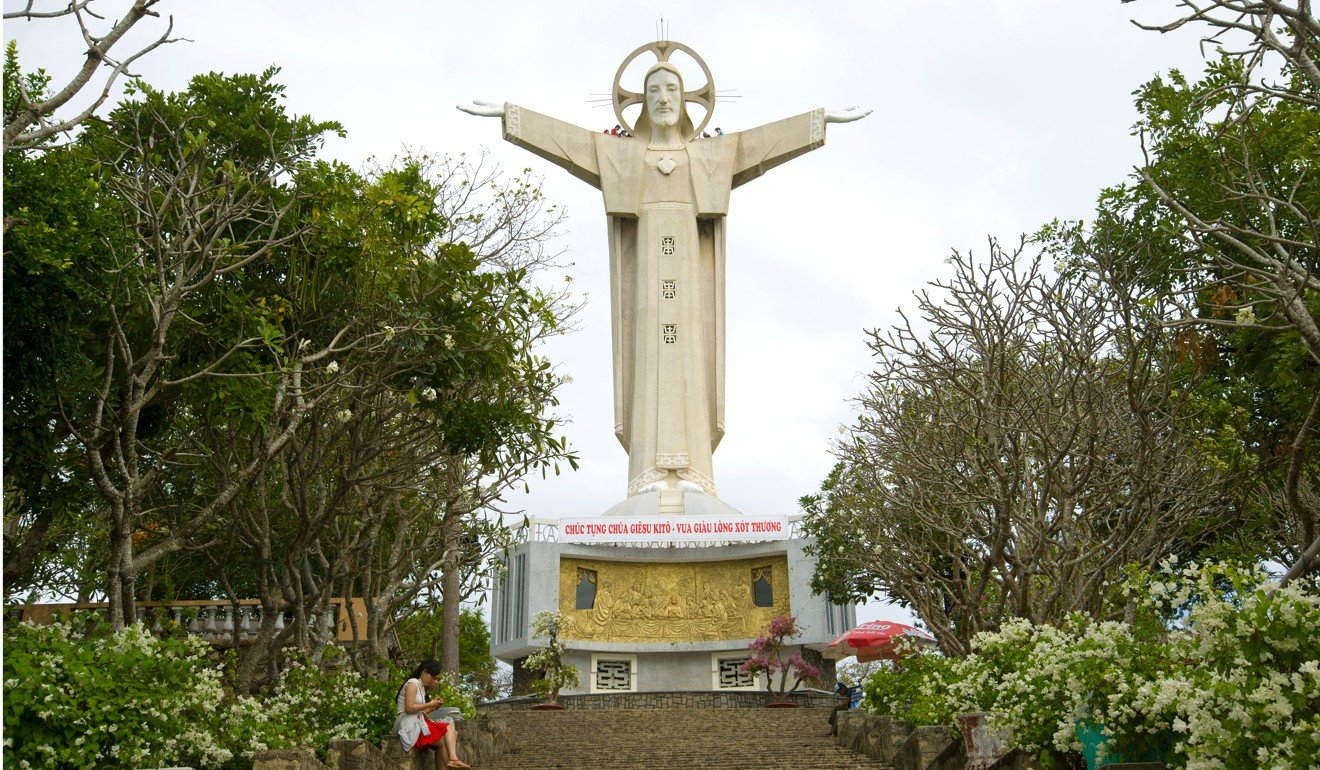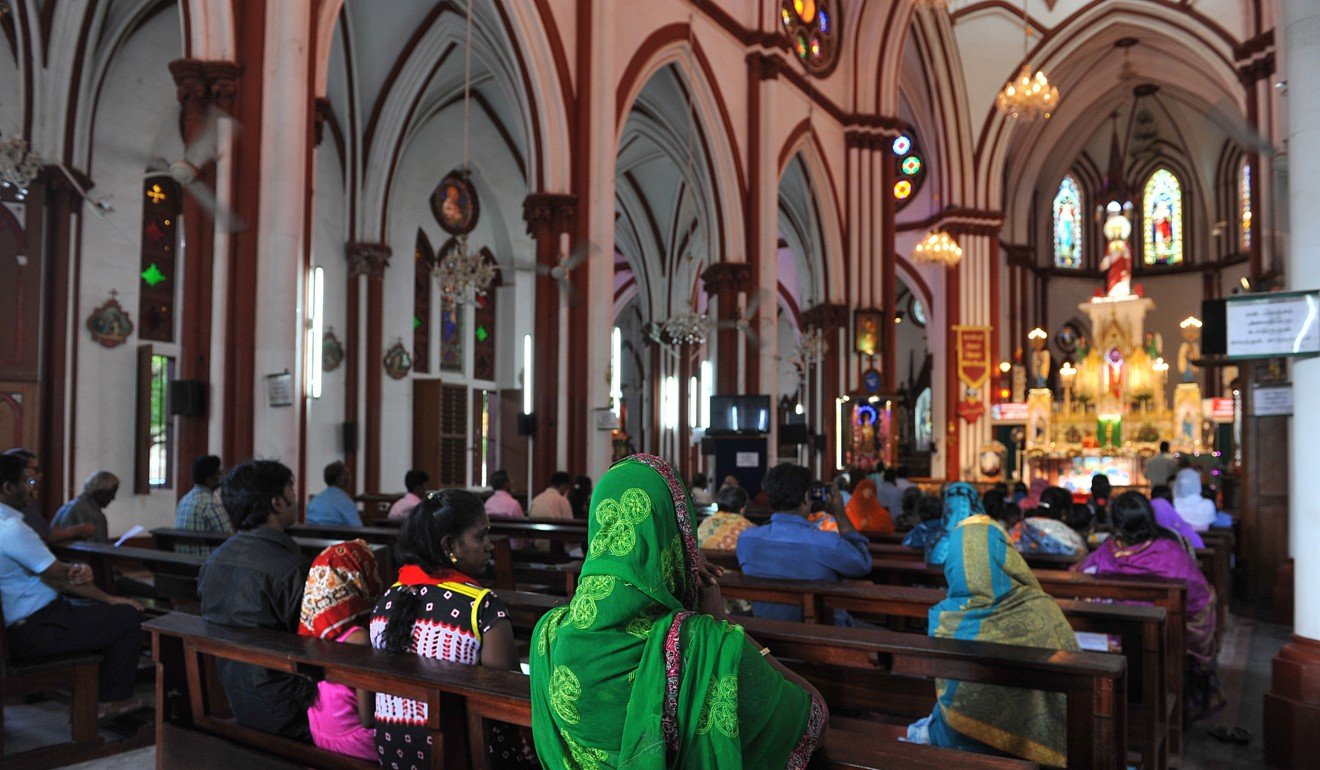
How Asia embraced Jesus and helped to create a rich, new chapter in global Christianity
Asian religions came across the Christian God during their first interactions with the West, and in a new book, R.S. Sugirtharajah explores how, down the centuries, they shaped and influenced Christianity
by R.S. Sugirtharajah
Harvard University Press
3.5 stars
East is East, and West is West, but two meet and influence each other unpredictably. For instance, Asia encountered Christianity during its first interactions with the West, and the religion continues to be practised in different parts of the continent, with Jesus as the protagonist of many stories of transformation of thought and practice.
The story of a martyr in Mao’s China: executed and her family billed for the bullet
In his book Jesus in Asia, R.S. Sugirtharajah explains how this came to be. With the help of key texts from thinkers in India, China, Korea and Japan, Sugirtharajah discusses how Jesus took on several attributes that would seem alien to Europe and the rest of the Christian world. What is common to these Asian texts is the way the authors interpret and reconstruct Jesus’ life to respond to regional crises and concerns.

Hong Xiuquan, the leader of the 19th-century Taiping rebellion in China, imagined Jesus as “a shadowy and a darker figure who slays demons, curses people, and orders the execution of those who fail to uphold right ideals and conduct”. Ahn Byung-mu, the pioneer of Korean minjung theology, saw Jesus as a collective event, as a messiah of the oppressed, poor masses. His interpretation is situated in the dictatorship of the 1970s, connecting the struggle of the common people in his place and time with the suffering of Christ.
Christianity has been used in Asia to fight oppression and anti-colonial activity, but not all commentaries on Jesus’ life were positive or accepting. In the late 18th and early 19th centuries, Indian reformers argued that Jesus was a literary creation, not a historic figure, developed out of ancient Greek and Roman myths. Their aim was “to attack the historicity of Jesus and confute claims for the supremacy of the Christian message” – the message that accompanied the justification of colonisation.

For the Church of the East missionaries, the Nestorians, whose presence in China can be traced as far back as the seventh century, Jesus was “a teacher of wisdom, concerned with a larger humanity, rather than one who confines himself to the limited interest of the Jewish people”. The eighth-century Nestorian monument, a stele erected near Zhouzhi in China, and the texts of the Jesus Sutras, depict Jesus as an eclectic figure drawing from the teachings of Confucius, Buddha and Tao to put Jesus in a Chinese context.
What happened to China’s early Christians and why did the Nestorian doctrine die out?
The Sri Lankan Hindu thinker Ponnambalam Ramanathan portrayed Jesus in the light of Tamil Saivism. Manilal C. Parekh, a convert from the Indian religion of Jainism, saw in the Cross an expression of the Jain principle of sacrificing the self for the others. Former Indian president Sarvepalli Radhakrishnan “projected a Jesus who basically embodied the spirit of the Vedanta”, the ancient Hindu thought.
Human cost of Mao’s Great Famine and Cultural Revolution exposed in powerful novel
The Japanese novelist Shusaku Endo sought “to redesign the Christian faith so that it fits more like a Japanese kimono than the Christianity that … came in the form of ill-fitting Western garb”. He envisions Jesus not as “the patriarchal figure who came with the padres, but one who catered to Japanese sentiment, which understood the motherly, not the fatherly, love of God”.
With the exception of the Indian reformers who had an anti-Christian agenda, these Asian thinkers wanted to “extricate Jesus from his historical moorings so that he could live at any time, including in the present”.

Sugirtharajah sees these thinkers, and the Asian people they could be seen as representing, as “a colonised people [who], when faced with defamation and humiliation, can summon and enlist indigenous resources to resist the coloniser from an alternate centre – a centre that has a different set of rules and is not itself easily neutered or co-opted”. What emerges is a series of Jesuses – an amalgamation of the Buddha and Confucius, Taoism, a motherly figure, a champion of the minjung, a Jain pilgrim and a Hindu mystic, to name a few.
The reasons behind such transpositions are not hard to imagine. What Sugirtharajah points out for the Church of the East easily applies to all the other contexts: that Asia had a rich and erudite culture, literature, and intellectual debates and complex religious practices. Asians were “underwhelmed” with the Christian world view.

Sugirtharajah documents some of the reinterpretations that emerged after initial scepticismm and resistance. The premise behind such makeovers was that “Christianity was essentially an Eastern religion that had been gradually taken over and infused with the Western muscular spirit” he writes. “They emphasised Christianity’s Eastern orientation to show that Dharmic religions like Hinduism or Buddhism were not in any way inferior to the biblical religion.”
The book that will make you want to visit Pakistan, and its author, a passionate advocate of nation’s panache and tolerance
These perspectives on Christianity are of immense value in this century, especially in India because, like Muslims, Christians are sidelined as outsiders and often viewed with suspicion. Instead of dismissing Christianity as an alien religion, Sugirtharajah shows that Christianity has become Indian because Indians have rigorously questioned its tenets and adapted it to regional sensibilities.
Asian Review of Books
